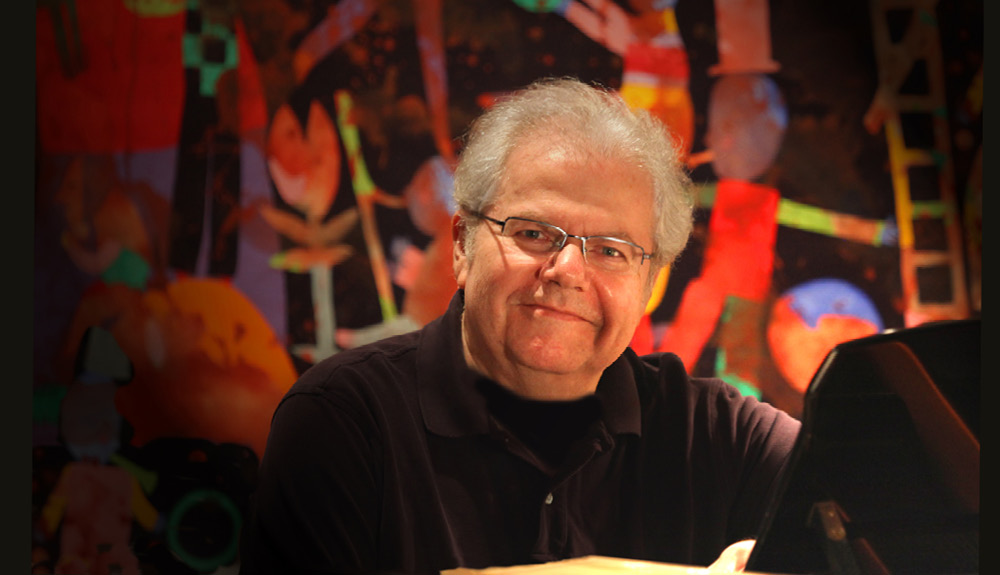
AX, WOLFE, MTT AT THE SYMPHONY
The bracing symphony concert lit up the night with inflammatory bookends, and sweet music in between.
The meticulously planned S.F. Symphony concert featured a work from each of four centuries, as if to trace the evolution of classical music in the post-baroque era. The sweetest was the most famous musical birthday/Christmas gift of all time, Wagner’s “Siegfried Idyll,” written for his wife’s dual celebration in 1870. It’s in pyramid form, starting and ending as if on cat feet, with a flush of exuberance at the peak.
The Davies Hall crowd was drawn by the veteran Emmanuel Ax, 70, marking 40 years since his SFS debut, now with Beethoven’s Piano Concerto No. 2. Ax breathed life into this chestnut, which at times is dismissed as a very orderly posthumous Mozart concerto, a mid-channel bit of homage lacking even clarinets and timpani. But there were two surprises: Ax’s nimble animation of the work, plus Beethoven’s cadenza (solo display section), where the composer’s fully mature, forceful musical personality already burst forth.
Only a New Yorker like Julia Wolfe could produce the rafter-shaking sound clusters of “Fountain of Youth” (2019). One of the founders of the “Bang on a Can” ensemble, Wolfe, 61, unreeled a 12-minute set of heavy sonic overlays, marked by falling brass glissandi and the clatter of percussion sticks. The MacArthur (genius) Award winner termed her piece “serious fun,” with very serious levels of sound, not remotely harmonious. But you have to like her high energy in this cacophonic sonic feast.
The full Mahler-Strauss-type orchestra was unleashed for a classic, Alban Berg’s unfettered “Three Pieces for Orchestra,” mostly written around the start of World War One, a time period that could account for the dark, murky colors, and those distant horns (heard perhaps at the front lines). It’s a rough, tough and very loud piece embodying conflicts, with glints and colors of his great pacifistic opera “Wozzeck.” Conducting, Michael Tilson Thomas brought a rare lyricism to the slow (middle) movement (He had explained the piece, “Imagine that Mahler had written a Symphony No. 11 and 12, and that they were being played simultaneously.”)
As if taking a page out of Mahler’s Sixth, Berg has an immense sledgehammer pounding on a board to end the work abruptly, like death in the battlefield. After the cat-feet ending of both the Beethoven Adagio and the Wagner, the great sledgehammer made a multiple lasting, resonant point. Once again, the orchestra got through a challenging program with distinction (even if I could not hear a single note of the two harps that Berg uses and calls for, a mite optimistically).
MUSIC NOTES—-At 70, Ax remains an unassuming, down-to-earth individual. For his encore he chose Beethoven’s “Für Elise,” an exercise familiar even to struggling second-year piano students… Another time years ago, a conductor came to New York City desperate to get in touch with Ax. He tried everything—artist’s rep, record companies, local contacts—to no avail. Finally, he succeeded: It turns out, Ax’s home number was listed in the Manhattan phone directory for all to see.
San Francisco Symphony, MTT conducting, in varied program Jan. 16-18 at Davies Hall, S.F. For SFS info, call (415) 864-6000, or go online: www.sfsymphony.org.